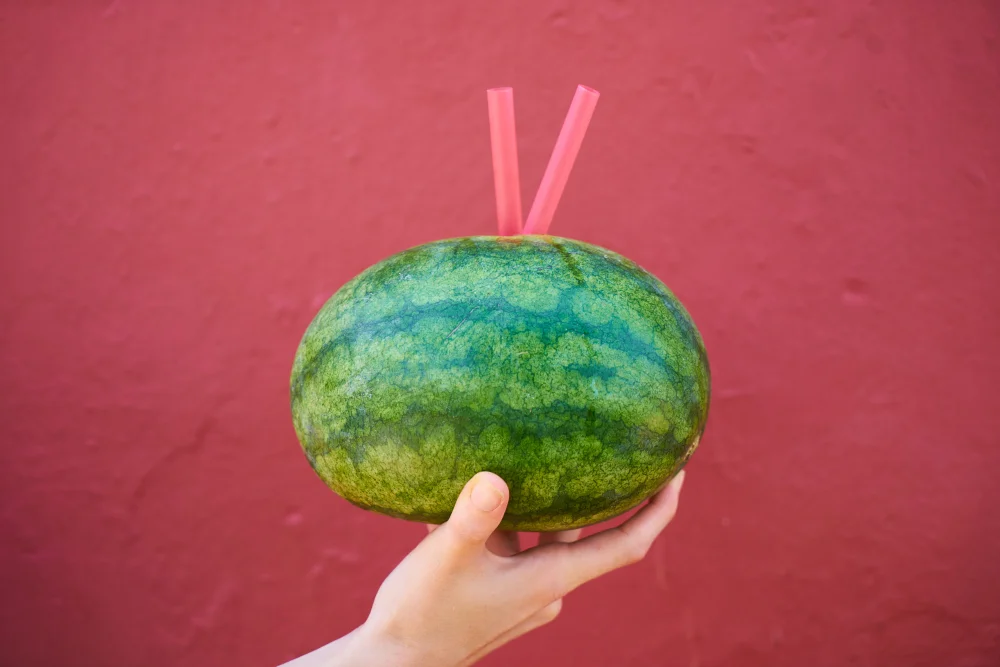Have you ever received a text with just a watermelon emoji and found yourself wondering—what on earth does that mean? You’re not alone. In today’s digital world, emojis often carry hidden meanings, inside jokes, or even cultural symbolism. The watermelon emoji is no exception. At first glance, it looks like a simple slice of fruit. But depending on the context, it can represent anything from summer vibes to flirtation.
In this article, I’ll unpack the true meaning of the watermelon emoji, explain the contexts where it’s used, and show you how to respond in different situations. Along the way, I’ll also share personal experiences, cultural references, and expert insights into digital communication.
What Does the Watermelon Emoji Mean?
On the surface, the watermelon emoji literally represents a slice of watermelon—refreshing, juicy, and sweet. But as with many emojis, the meaning changes depending on who uses it and in what context.
1. Literal Food Representation
The most straightforward meaning: someone’s talking about watermelon, summer fruits, or even sharing a meal. It often appears in casual conversations, recipe posts, or summer holiday chats.
Example: “Just made a fruit salad 🍉🍓🍍.”
2. Symbol of Summer and Fun
For many, watermelon is tied to summer picnics and family gatherings. So, when people drop 🍉 in a chat, it can simply mean “summer vibes” or excitement about warm weather.
Example: “Can’t wait for the beach trip this weekend! 🍉☀️.”
3. Flirtation or Playful Suggestion
Interestingly, the watermelon emoji sometimes carries a cheeky or flirty undertone. Much like the peach 🍑 or eggplant 🍆, some people use it as innuendo. In slang, “melons” can also be used as a euphemism for breasts.
Example: “You looked amazing last night 🍉😉.”
4. Cultural Significance
In China, watermelon is a symbol of happiness and togetherness. Sharing slices during festivals is a tradition. Online, the watermelon emoji is sometimes used in group chats to convey unity and joy. Similarly, in African American culture, watermelon has historical connotations—sometimes problematic due to stereotypes. Understanding this cultural weight is important before casually using it.
Expert note: Dr. Marcel Danesi, a semiotics professor at the University of Toronto, explains that emojis often “carry layered meanings beyond their surface image,” shaped by history and culture.
Want to master every emoji?
Get the 3500+ Emoji Meanings Guide — Contains the meanings of all the emojis used in texting.
👉 Download it here
How Context Shapes the Watermelon Emoji
One of the biggest mistakes people make is assuming emojis have a fixed meaning. In reality, their interpretation depends on context:
- In a food chat → It likely just means watermelon.
- In a flirty DM → It could mean something cheekier.
- In cultural conversations → It might symbolise family, unity, or celebration.
I remember once posting an Instagram story of me eating watermelon after a workout, captioned with 🍉💪. A friend replied, “Oh wow, cheeky!”—interpreting it as a flirty symbol. For me, it was just fruit after gym. That experience taught me how easily emojis can be misunderstood.
How to Respond to the Watermelon Emoji
So, what should you do when someone sends you 🍉? Here are responses tailored to context:
1. When It’s About Food or Summer
Safe, light-hearted replies work best.
- “Now you’ve got me craving watermelon too 🍉😂.”
- “Perfect fruit for this weather! What’s your go-to summer snack?”
2. When It’s Flirty
If you’re comfortable with the vibe, you can play along with humour.
- “Haha, are we talking fruit or something else? 👀🍉”
- “Smooth move with the watermelon 😉.”
If you’d rather not engage, redirect politely.
- “I actually do love watermelon, especially chilled in summer.”
3. When It’s Cultural or Symbolic
Show respect and acknowledgement.
- “Yes! Nothing beats sharing watermelon with family.”
- “Love how watermelon brings everyone together.”
Why Emojis Like Watermelon Are More Than Just Fun
Emojis are more than digital stickers; they’re a new language of emotional expression. According to a 2023 report from Adobe on global emoji usage, 88% of users said they feel more connected to others when emojis are used. Watermelon may look simple, but its layered meanings make it a powerful conversational tool.
Psychologist Dr. Linda Kaye, who researches digital communication at Edge Hill University, notes that “emojis act as emotional cues in online spaces, helping to replace tone of voice and body language that are missing in text.” In short, emojis like 🍉 add flavour to otherwise flat conversations.
Actionable Tips for Using the Watermelon Emoji
If you want to use 🍉 effectively (and avoid misunderstandings), here are some tips:
- Know Your Audience – Friends might see it as funny, while colleagues might misinterpret it. Use carefully in professional contexts.
- Combine With Words – Instead of sending just 🍉, add text for clarity. “Fruit salad tonight 🍉🍊🍇.”
- Be Mindful of Culture – Some people may associate watermelon with stereotypes. Always be respectful.
- Use for Engagement – In social media posts, adding 🍉 to captions about summer, health, or fun can increase relatability and engagement.
FAQs
Q: Does 🍉 always mean something sexual?
A: No. While it can be used flirtily, it’s most often used literally for food or summer vibes.
Q: Is 🍉 a safe emoji to use at work?
A: Use cautiously. If it’s related to a workplace wellness challenge or food chat, fine. But avoid ambiguous use.
Q: Why do people use 🍉 instead of other fruit emojis?
A: Watermelon carries strong seasonal and cultural associations, making it stand out as a symbol of fun and togetherness.
Q: Can 🍉 mean friendship?
A: Yes. In some cultures, sharing watermelon is about bonding and unity, so the emoji can carry that undertone.
Final Thoughts
The watermelon emoji is a perfect example of how digital symbols carry layered meanings—from refreshing fruit to cheeky flirtation, and even deeper cultural connections. Context is everything. Before you hit send, ask yourself: “Will they get what I mean?”
Personally, I love using in summer group chats—it instantly sparks joy and makes conversations feel lighter. But I’ve also learnt the importance of being mindful of context, especially across cultures.
Now I’d love to hear from you: Have you ever misunderstood or been surprised by someone’s use of a watermelon emoji? Drop your story in the comments or share how you usually respond.
Further Reading:
Read Also: What Does a Green Heart Emoji Mean and How to Respond to It?





this article is very useful, thank you for making a good article